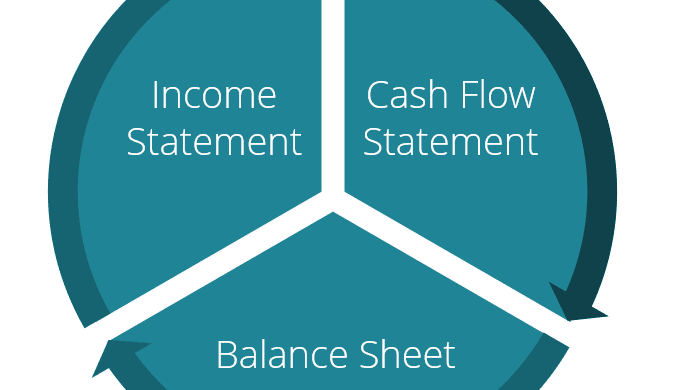
Here’s a simplified guide to understanding financial statements.Financial statements are like the health reports of a company, offering insights into its financial condition, performance, and cash flow. Whether you are an entrepreneur, an investor, or a professional looking to enhance your financial literacy, understanding how to read these documents is crucial.
1. Introduction to Financial Statements:
Financial statements are records that provide an overview of a company’s financial performance and position. The three primary financial statements include the Balance Sheet, Income Statement, and Cash Flow Statement. Together, they offer a comprehensive view of a company’s financial health.
2. The Balance Sheet: Assets, Liabilities, and Equity
Assets are what a company owns (e.g., cash, inventory, equipment).
Liabilities are what a company owes (e.g., loans, accounts payable).
Equity represents the owners’ share in the company.
The balance sheet equation (Assets = Liabilities + Equity) must always balance, reflecting the company’s financial position at a specific point in time.
3. The Income Statement:
Revenue, Expenses, and Profit The income statement, also known as the Profit and Loss Statement, shows a company’s revenues, costs, and expenses over a period. It highlights the company’s operational efficiency, revealing whether it can generate profit from its operations.
4. The Cash Flow Statement:
Operating, Investing, and Financing Activities This statement provides insights into the company’s cash inflows and outflows, categorized into operating, investing, and financing activities. It’s essential for understanding how a company manages its cash, indicating its liquidity and solvency.
5. Key Ratios and Metrics for Analysis:
Several financial ratios and metrics can help interpret these statements more effectively, such as:
Liquidity Ratios (e.g., Current Ratio, Quick Ratio): Assess a company’s ability to pay off short-term liabilities.
Profitability Ratios (e.g., Net Profit Margin, Return on Equity): Evaluate a company’s ability to generate profit relative to its sales, assets, and equity.
Leverage Ratios (e.g., Debt-to-Equity Ratio): Measure the degree to which a company is financing its operations through debt.
Understanding and interpreting financial statements is vital for making informed business decisions, investments, and strategic plans. By mastering these skills, you equip yourself with the knowledge to assess a company’s financial health, identify trends, and make predictions about future performance.
Visit us at https://peakplans.co/ and schedule a free consultation if you need a well-written professional business plan. At Peak Plans, we understand that a solid business plan is the foundation of any successful venture. Contact us today to learn more about our business planning services and how we can help you achieve success.

